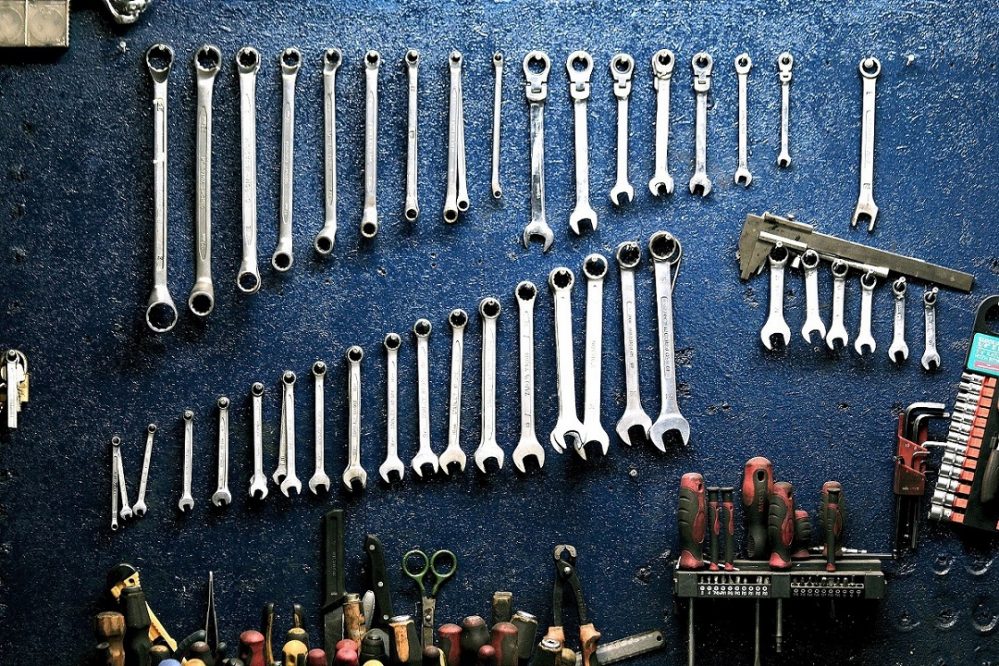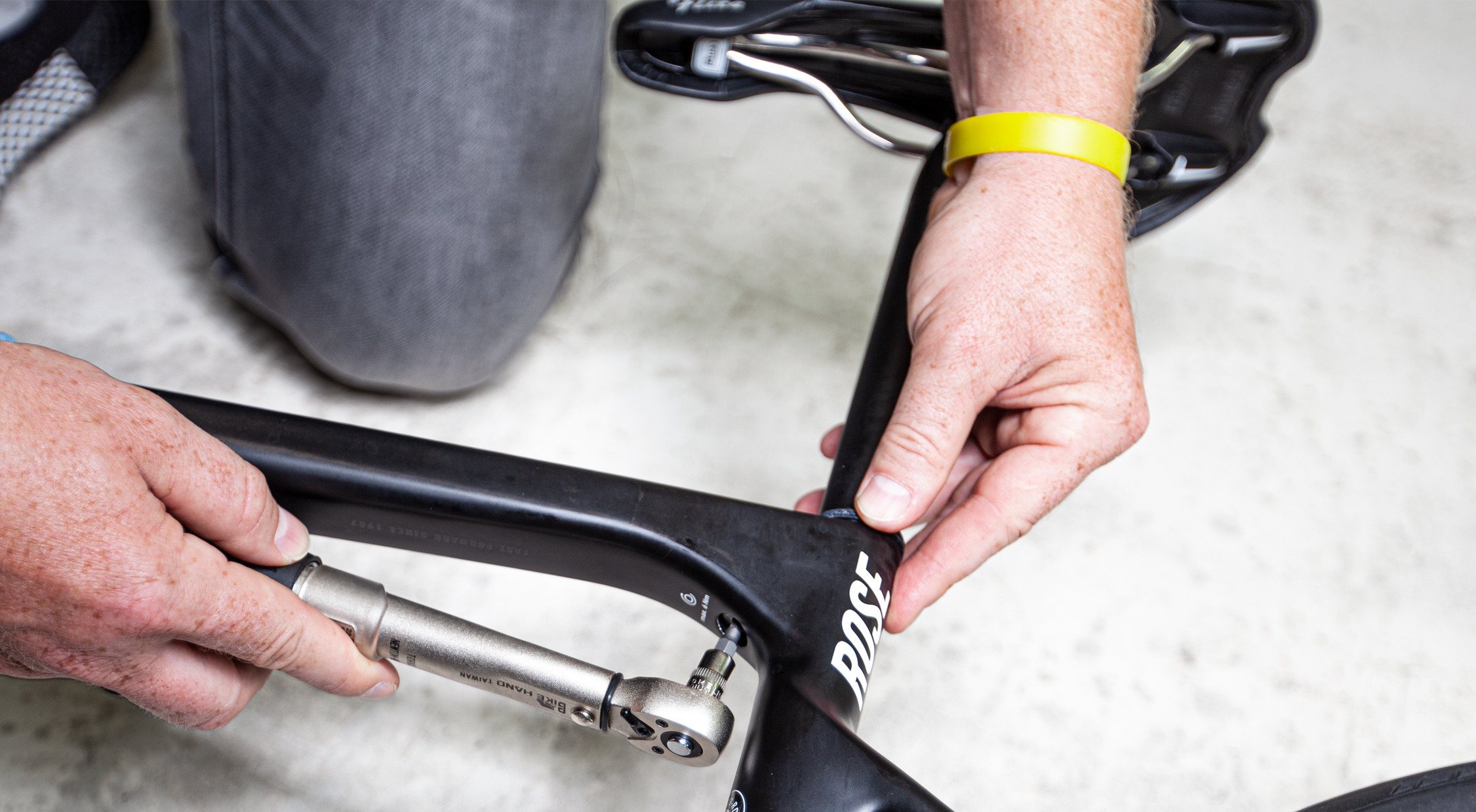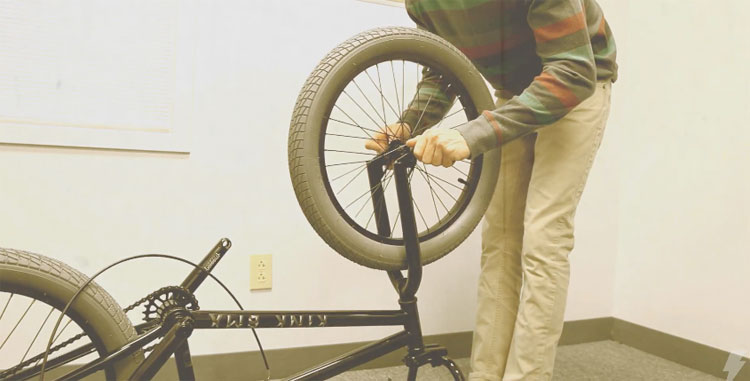Gathering Your Tools and Parts: A Necessary First Step
Before embarking on the journey of assembling your bicycle, it is crucial to gather all necessary tools and parts. This step ensures a smooth and efficient assembly process. The required tools may include wrenches, pliers, and a bike stand. Additionally, ensure that the bike frame, wheels, pedals, and other components are readily available. Having all the components on hand eliminates the need for mid-assembly trips to the store, saving both time and frustration.
Unboxing and Inspecting Your Bicycle: Ensuring Quality and Completeness
Once you have gathered all the necessary tools and parts, it’s time to unbox your bicycle. Carefully remove the packaging, ensuring not to damage the bike during the process. Inspect each part for any signs of damage or defects. Pay particular attention to the bike frame, wheels, and delicate components such as the brakes and gears. If any damage is found, contact the seller or manufacturer for a replacement. Additionally, ensure that all components are present and accounted for before proceeding to the assembly process. This step guarantees that you have all the necessary parts to complete the assembly and avoids delays or frustration during the process.
Attaching the Handlebars and Front Wheel: A Crucial Step in Bicycle Assembly
With all the necessary tools and parts gathered and inspected, you can now begin the assembly process. Start by attaching the handlebars to the bike frame. Carefully align the handlebars with the frame, ensuring that they are securely fastened. Once the handlebars are in place, proceed to secure the front wheel. Make sure to properly align the brakes and gears during this process. This step is crucial for ensuring the safe and efficient operation of your bicycle. Properly aligned brakes and gears also contribute to a more enjoyable riding experience. Take your time during this step, ensuring that the handlebars and front wheel are securely and correctly attached before moving on to the next step in the assembly process.
Installing the Pedals and Seat: Ensuring Comfort and Functionality
After successfully attaching the handlebars and front wheel, it’s time to move on to installing the pedals and seat. These components are essential for ensuring a comfortable and functional riding experience. Start by installing the pedals, making sure they are securely fastened and properly aligned with the crank arms. Next, install the seat, adjusting it to your preferred height and position. Make sure the seat is securely fastened and properly aligned with the bike frame. This step is crucial for ensuring a comfortable and efficient riding position. Properly installed pedals and seats contribute to a more enjoyable and safe riding experience, so take your time during this step to ensure everything is correctly installed and adjusted.
Connecting the Chain and Brake Cables: Ensuring Smooth Operation
With the pedals and seat installed, it’s time to connect the chain and brake cables. These components play a critical role in the safe and efficient operation of your bicycle. Start by connecting the chain, making sure it is properly aligned and tensioned. Next, connect the brake cables, ensuring they are properly tensioned and aligned for smooth operation. Properly connected and tensioned chains and brake cables contribute to a safer and more enjoyable riding experience. Take your time during this step to ensure that everything is correctly connected and tensioned, as this will ensure the smooth and safe operation of your bicycle.
Fine-Tuning and Adjustments: Ensuring Peak Performance
With the basic assembly of your bicycle complete, it’s time to perform any necessary fine-tuning and adjustments. These adjustments are crucial for ensuring peak performance and safety. Start by checking the brakes, making sure they are properly aligned and functioning. Next, adjust the gears, ensuring they are properly aligned and shifting smoothly. Fine-tuning and adjustments may also include tightening any loose bolts or screws, and ensuring that all components are securely fastened. Properly fine-tuned and adjusted components contribute to a safer and more enjoyable riding experience, so take your time during this step to ensure that everything is correctly adjusted and functioning as intended.
Test Ride and Inspection: Ensuring Complete Satisfaction
With the fine-tuning and adjustments complete, it’s time for the most exciting part of the assembly process: the test ride. Carefully mount your bicycle and take it for a spin around the block. This test ride serves two purposes: first, it allows you to ensure that everything is working properly and to your satisfaction. Pay close attention to the brakes, gears, and overall operation of the bike. Second, the test ride gives you an opportunity to ensure that the bike is comfortable and properly adjusted for your riding style. If any issues are discovered during the test ride, make any necessary adjustments to ensure a smooth and enjoyable riding experience.
Maintenance and Care: Ensuring Longevity and Performance
Congratulations! You have successfully assembled your bicycle and taken it for a test ride. However, the assembly process is only the beginning. To ensure the longevity and performance of your bike, it’s essential to perform regular maintenance and care. Start by following the manufacturer’s recommendations for maintenance, which may include regular cleaning, lubrication, and adjustments. Additionally, always store your bike in a safe and secure location, protected from the elements and potential theft. By investing time and effort into the maintenance and care of your bicycle, you can enjoy a safe, smooth, and enjoyable riding experience for years to come.









